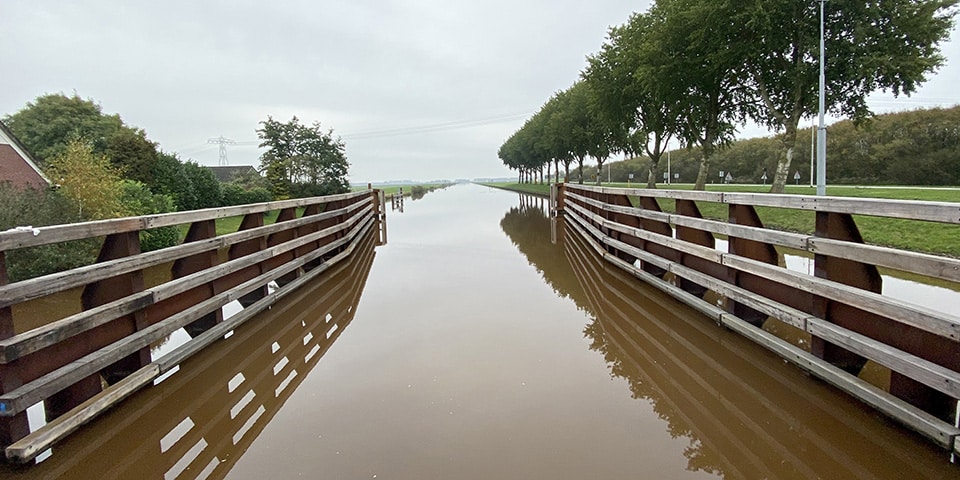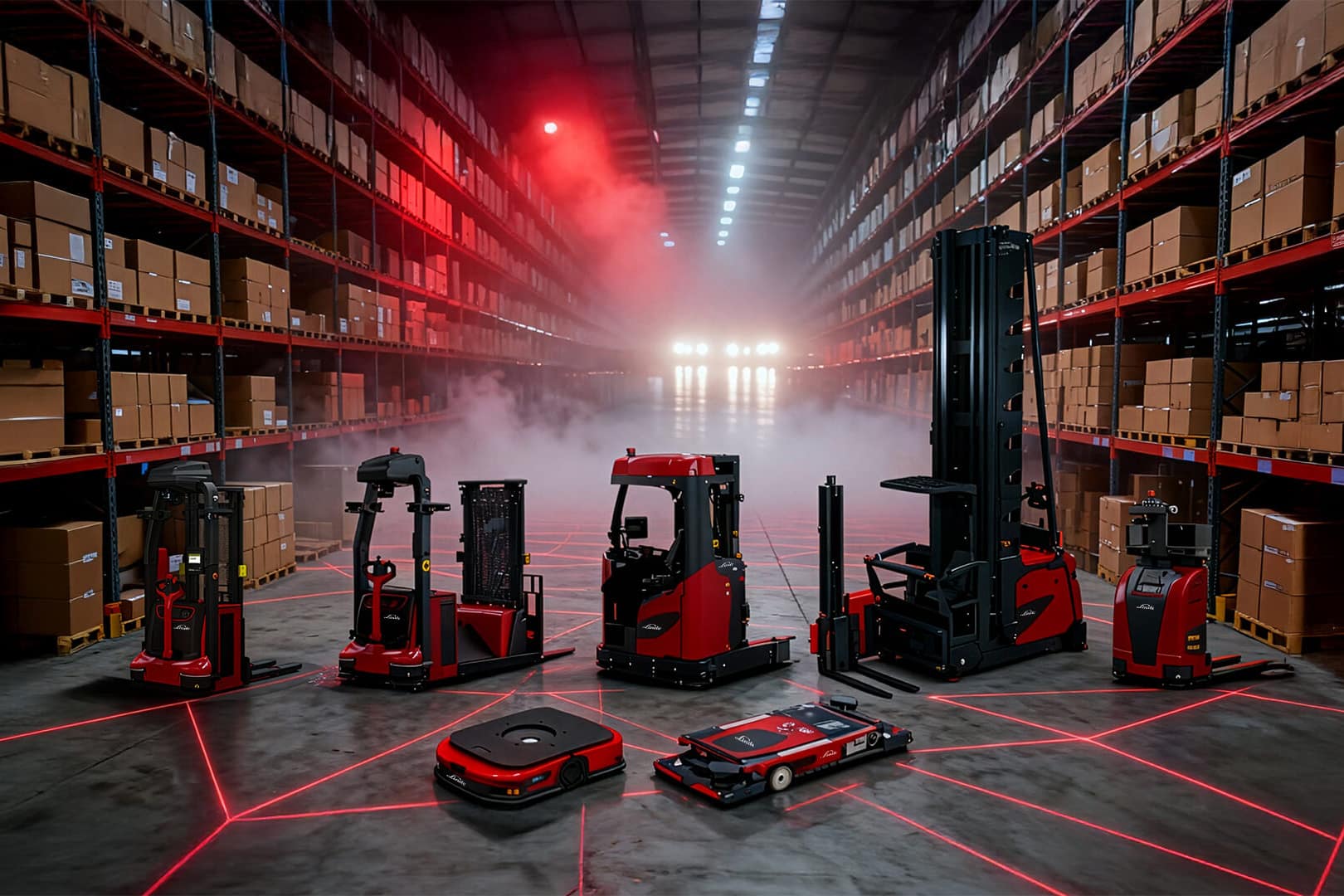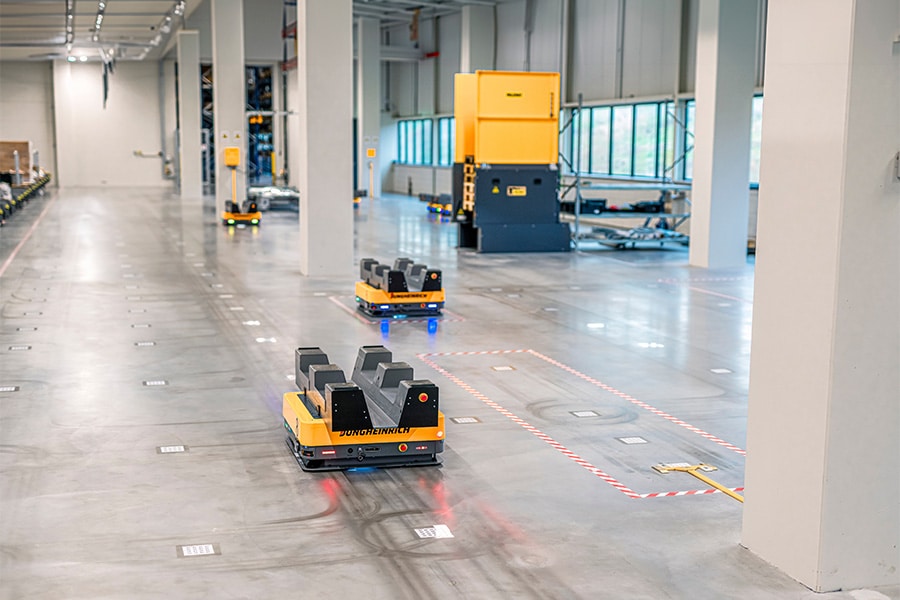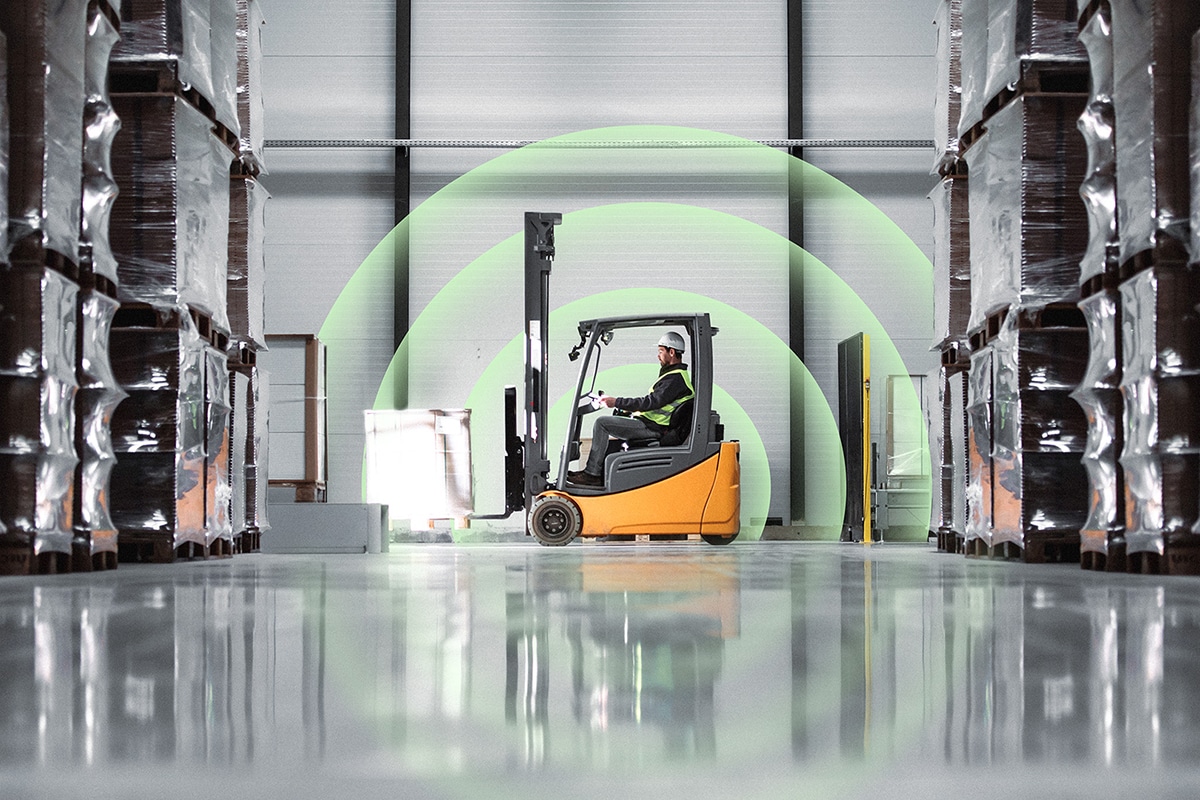
South African hardwood in Groningen canal
To eventually allow larger ships to pass through the A.G. Wildervanckkanaal and the Winschoterdiep, the Groningen canal is currently undergoing an upgrade. At seven bridges across the canal the brakes are being enlarged. Hupkes Houthandel supplied some 285 m3 to friction purlins, prepared entirely off-the-shelf from African tropical hardwood.
The A.G. Wildervanckkanaal was constructed in the late 1950s as a shipping canal. The canal is also increasingly used by industry through its connection to Winschoterdiep, an important waterway for East Groningen. In response to increasingly larger ships, the province of Groningen decided to upgrade the canal. "That meant, among other things, adjusting the brakes five bridges on the Winschoterdiep and two bridges on the A.G. Wildervank Canal," says Harry Post of main contractor Beens Groep of Genemuiden, a nationwide hydraulic engineering company. "The bridge at Farmsum (Groningen Seaports) also hitchhiked on this project and in the meantime has new brake works."
Prefabricated
The fenders protect bridges and ships from damage. Post: "We have been renewing the breakwaters in phases. The first bridge was tackled in November 2018, work on the guardrails at the last bridge was completed October 1 this year." Beens Group created a specific design for each location; the foundation made of steel tubular piles varies in length and thickness. "After dismantling the existing brake works, new steel tubular piles were installed. The steel structure of the retaining walls was completely prefabricated in Holland Metaal's workshop in IJsselmuiden and provided with protrusions for the wooden rubbing purlins. On site, it was just a matter of welding the structure to the two tubular piles."
Azobé
In the workshop, the bottom two layers of rubbing purlins were also applied to the structure. "In this way, we avoided having to perform work below the waterline on site," says Post. "Consequently, the six lines of wooden rub purlins were made in different durability classes, ranging from D35 to D70. Hupkes completely 'unburdened' us in this. The fenders on and below the waterline are made of Azobé in strength class D70, because they suffer the most. Above the waterline a different requirement applies. In the preliminary phase, Hupkes presented various options in order to achieve an optimal match. The lumberyard also validated our drawings and calculations of the rubbing purlins."
The rub railings were fully prepared by Hupkes for each location. On five of the seven bridges, the fenders are 19.40 meters long. The other two are angled and are 19.20 meters plus another 15 meters long. Finally, the retaining walls of the bridge at Farmsum are 15 meters long. "Hupkes delivered all the purlins neatly in packages, ready-made with holes (7,000 pieces total), bevels and of course to length. All in all, we can look back on a very pleasant cooperation," concludes Harry Post. The project was successful partly because Hupkes was able to deliver the first deliveries urgently from its own stock/sawmill.




